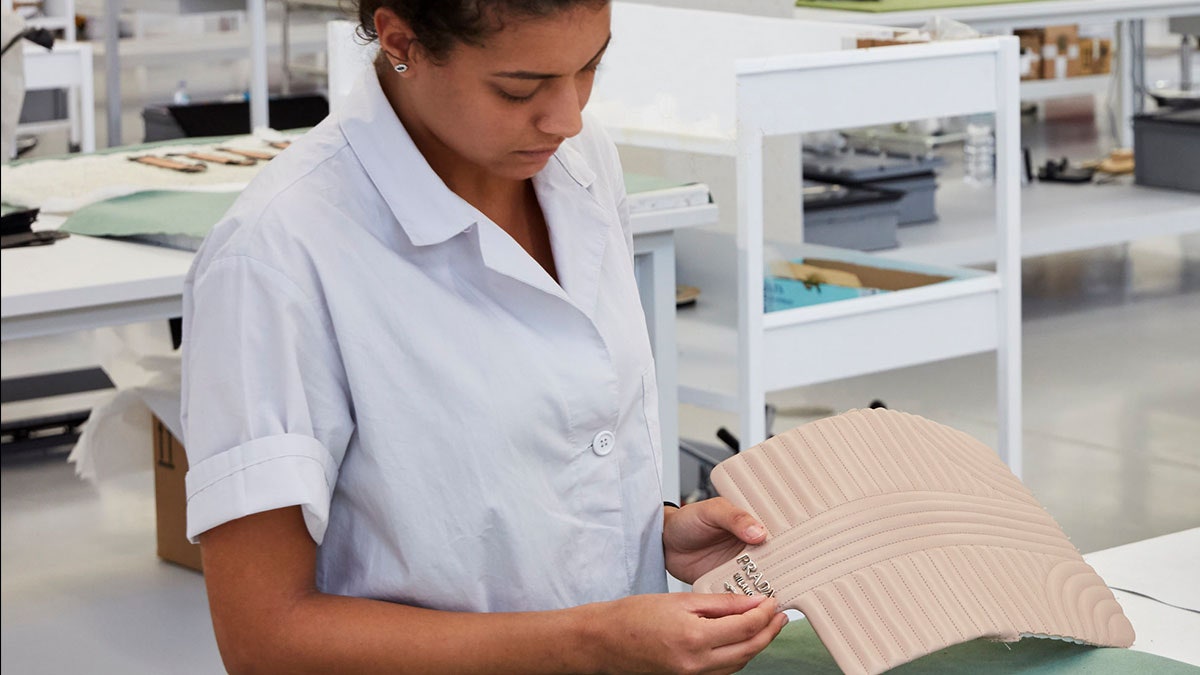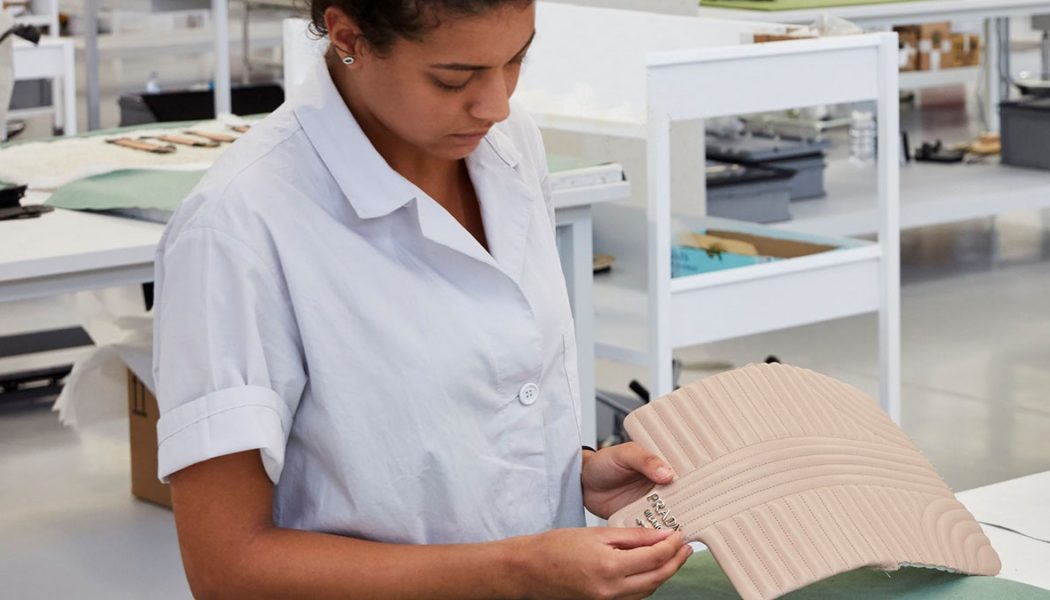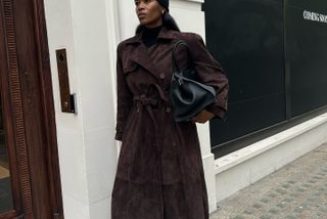
Gruppo Florence is targeting new acquisitions during the first part of 2023, as it looks to grow its portfolio of manufacturers in all product categories. It already owns businesses in ready-to-wear and denim, for example, but is looking to add to its roster with leather goods and more footwear. Kiss says the aim is to have manufacturers in all key product areas, to help mitigate the risk at group level, if one category is performing better than another at any given time.
Franck Delpal, a professor at the Institut Français de la Mode (IFM) in Paris and an expert in vertical integration, says before buying up a supplier, luxury brands should consider category areas that are already important sources of revenues, growing and profitable. By focusing on core categories that are intrinsic to the brand’s DNA, this will help mitigate risk if a new creative director comes on board, for example, and wants to take the brand in a different direction.
Cultural differences
Despite advantages, the cost of acquisitions can be an obstacle, especially in the current economic climate, as brands are being closely scrutinised by investors and interest rates are high (brands rarely disclose the financial terms of supplier acquisitions).
Challenges can also arise when integrating smaller, family-run suppliers into large, global brands. “There can be cultural issues with integration and ongoing governance, particularly if it’s a large, listed luxury business,” warns Conor Cahill, head of consumer products, North and South Europe, at global consultancy Deloitte. “Having a previous client supplier relationship and moving away from that to being a subsidiary of a larger company is quite a big, cultural change for some of these businesses. To impose this on a supplier, who might only be small, or a subsidiary of another business that doesn’t have the same kind of governance or reporting constraints, can lead to friction,” he adds.
If this area is not well managed, by properly communicating the shared vision so that people can buy into it effectively, the brand could end up losing the very people it wants to bring into the organisation, which in turn will devalue the whole acquisition. Gruppo Florence’s Kiss says, in turn, when a small entrepreneur makes the conscious choice to be acquired by a prestigious brand, the supplier must adapt to the rules and priorities of that brand.
With wider global economic uncertainty continuing in 2023, Kiss adds: “Selected vertical integration can offer both flexibility and reactivity which will be essential to future-proof supply chains in the year ahead.”
Comments, questions or feedback? Email us at feedback@voguebusiness.com.
‘It could ruin us all’: Fashion suppliers plan for 2023’s cost increases
Inside the manufacturer localising luxury for Halpern and Christopher Kane
Fashion’s reshoring rush: Why now and for how long?









